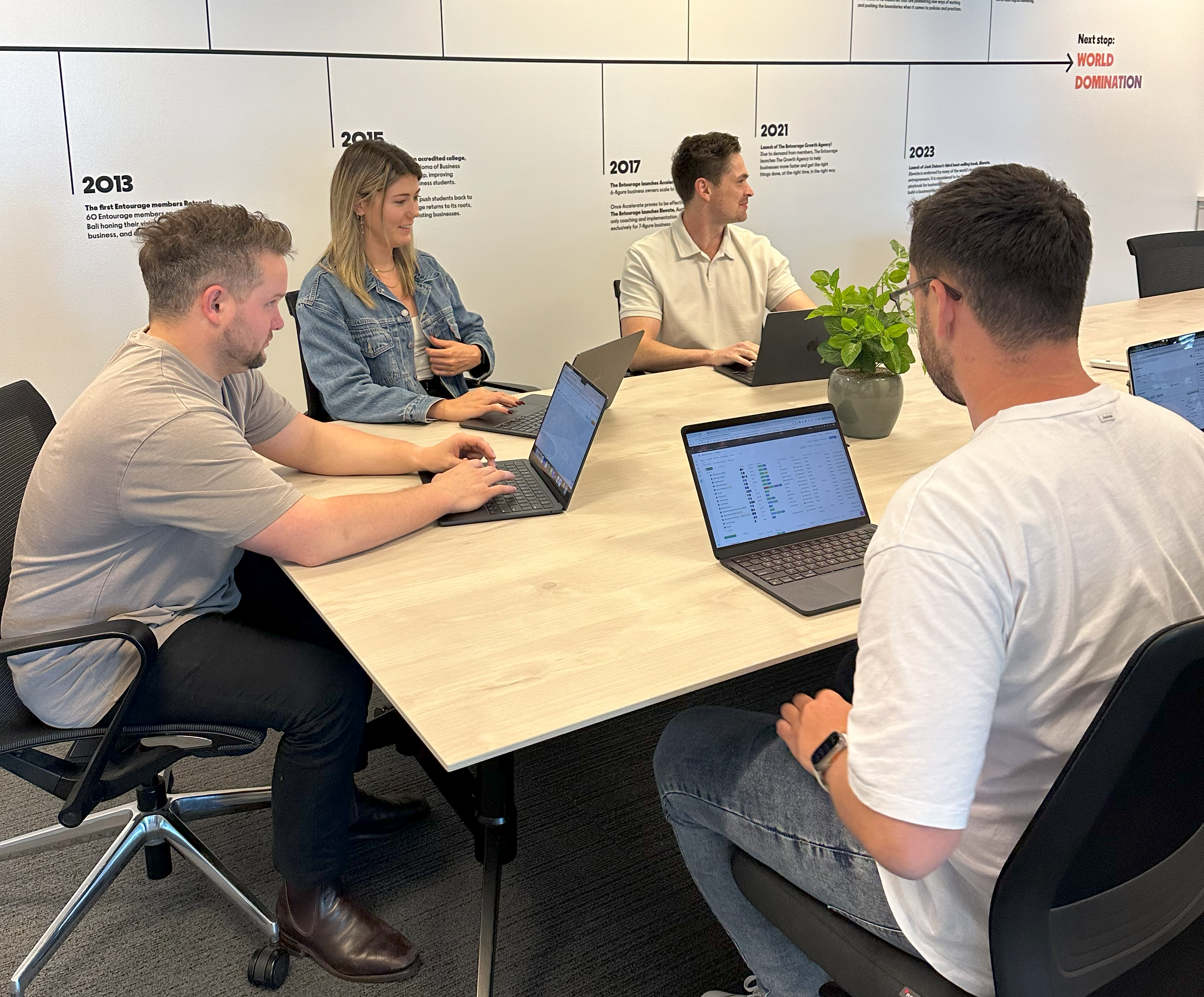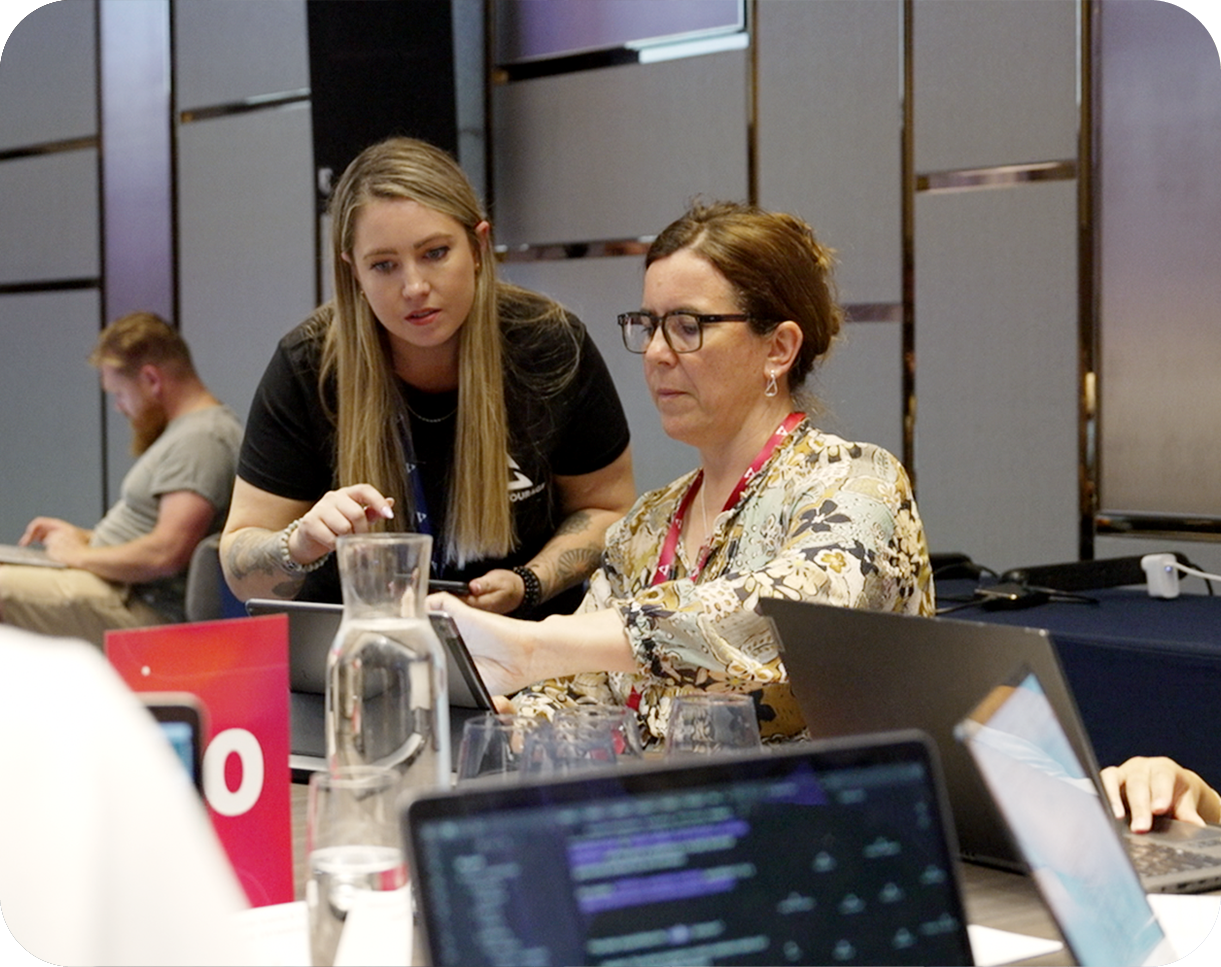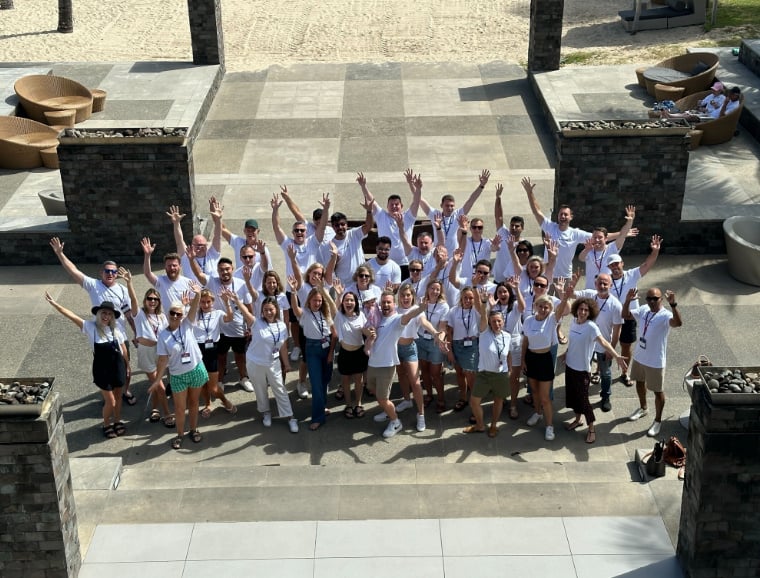Growth is exciting. It brings new opportunities, more clients, and bigger goals. But it also brings a new set of challenges. As a business scales, training becomes harder to manage. Teams grow. Processes change. Skills need updating. And manual ways of sharing knowledge stop working. That is why more growing companies are turning to learning technology.
One of the most powerful tools is a successful LMS integration. A learning management system can transform how a business handles training. It creates structure. It saves time. It keeps everyone aligned. But for it to work well, it needs more than just software. It needs a clear plan. A roadmap can guide the process and help the system deliver real value.
Laying the Groundwork Before Integration
Jumping straight into an LMS without preparation is a mistake many businesses make. The first step is to understand what your company truly needs. Every business is different. Some want faster onboarding. Others need compliance tracking. Some want to build leadership programs.
Defining these goals shapes every other decision. It affects the features you choose. It influences how you set up the system. It even guides how you train your team to use it. This step is about clarity. The clearer your objectives are, the smoother the integration will be.
It is also important to involve key people early. Managers, team leads, and trainers should all have a voice. Their input helps you design a system that fits daily workflows. It also makes them more likely to support the rollout later.
Choosing the Right LMS for Your Growth
Not every LMS is built the same. Some are designed for small teams. Others support global organizations. Picking the right one can make or break your training strategy.
Think about scalability. Your current team might be small, but it will grow. The system should grow with you. Flexibility matters too. You might need custom course paths, different user roles, or integration with other tools.
User experience should be a top priority. A complex or clunky system will slow adoption. Look for platforms with intuitive dashboards and simple navigation. A user-friendly system makes training easier for everyone.
Finally, check how well the LMS connects with other software you use. Integration with HR, CRM, or project tools makes the system more powerful. It ensures that learning is part of the bigger business ecosystem, not a separate process.
Planning the Implementation Strategy
Integration is not just about switching on new software. It is a project that needs a solid plan. Start with a timeline. Break the process into steps. Assign responsibilities to people on your team. A clear schedule keeps everything on track.
Next, organize your content. Many companies have training materials scattered across folders, emails, or shared drives. Consolidating and updating that content before launch saves time later. It also ensures that the learning material reflects your current standards and goals.
Think about user roles and permissions too. Decide who can create content, who can assign courses, and who will track progress. A well-structured setup prevents confusion and keeps the system organized from day one.
Training the Team and Building Excitement
Even the best LMS will fail if no one uses it. Adoption is often the biggest challenge during integration. The key is communication and training. People need to understand how the system works and why it matters.
Start by explaining the benefits clearly. Show how the LMS will make their work easier. Demonstrate how it can help them grow their skills. When people see personal value, they are more likely to embrace the change.
Offer short, hands-on training sessions. Focus on the basics first. Once users feel confident navigating the platform, you can introduce more advanced features.
Creating excitement helps too. Announce the launch as a milestone for the company. Highlight how it will support growth and make learning more accessible. A positive introduction builds momentum.
Integrating With Existing Systems
For an LMS to truly support growth, it should not exist in isolation. It should connect with the systems your business already uses. That means syncing it with tools like HR software, CRM platforms, or analytics dashboards.
These integrations make learning part of daily workflows. For example, HR tools can automatically enroll new hires in onboarding courses. CRM data can guide training for sales teams. Analytics platforms can track the impact of training on business outcomes.
When all these systems talk to each other, training stops being a separate task. It becomes a natural part of how the business operates.
Tracking Results and Improving Over Time
The work does not end once the LMS is live. The most successful integrations are those that evolve. You need to track performance, gather feedback, and make adjustments.
Use the reporting tools to see how people are engaging with the content. Are they completing courses? Are certain topics getting more attention? These insights help you fine-tune the learning strategy.
Feedback is just as valuable. Ask users about their experience. What do they find useful? What feels confusing? Their answers can guide updates and make the system even more effective.
Improvement is an ongoing process. As the company grows, your training needs will change. The LMS should adapt with you.
Final Thoughts
A learning management system can do more than just deliver training. It can fuel business growth. It can support culture. It can prepare teams for future challenges. But the key to success is planning.
A successful LMS integration starts with clear goals. It requires the right platform, a strong implementation plan, and careful communication. It needs to fit into existing systems and evolve over time. When done right, it becomes a cornerstone of your growth strategy.
Scaling a business is not just about hiring more people or selling more products. It is also about building a smarter, stronger workforce. And with the right roadmap, an LMS can help you do exactly that.
Related Categories
Ryan Terrey
As Director of Marketing at The Entourage, Ryan Terrey is primarily focused on driving growth for companies through lead generation strategies. With a strong background in SEO/SEM, PPC and CRO from working in Sympli and InfoTrack, Ryan not only helps The Entourage brand grow and reach our target audience through campaigns that are creative, insightful and analytically driven, but also that of our 6, 7 and 8 figure members' audiences too.







